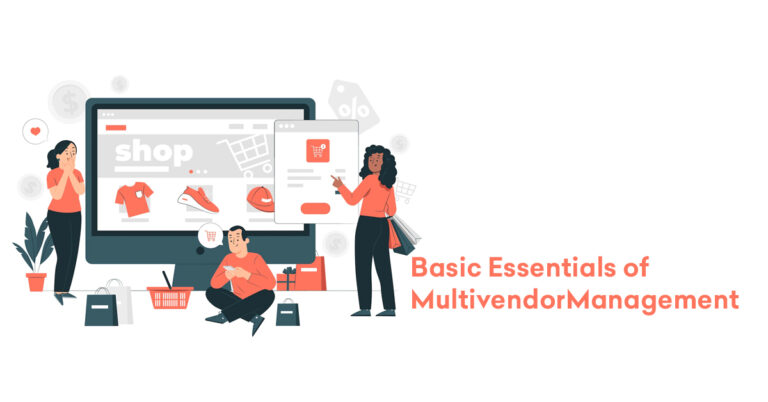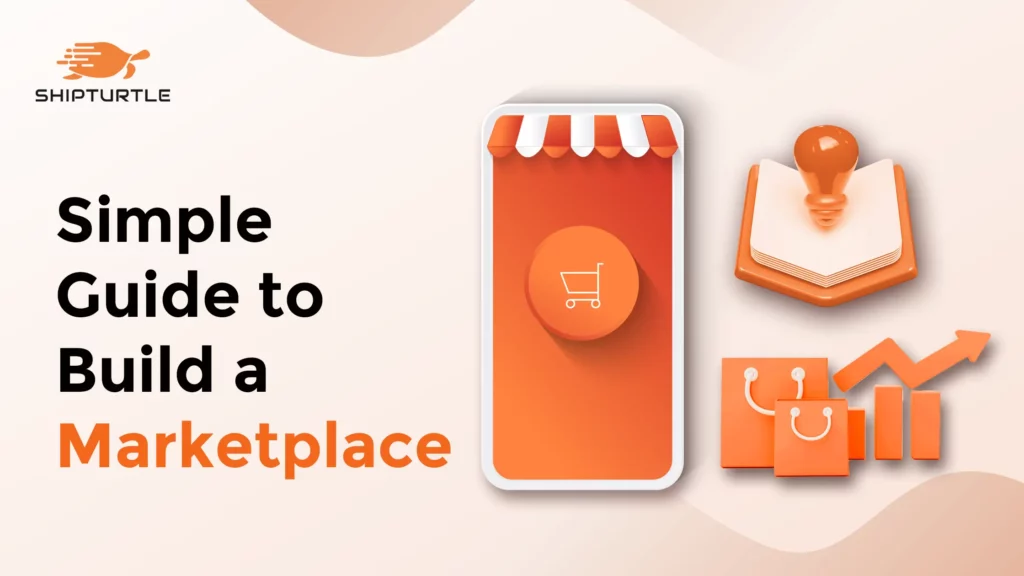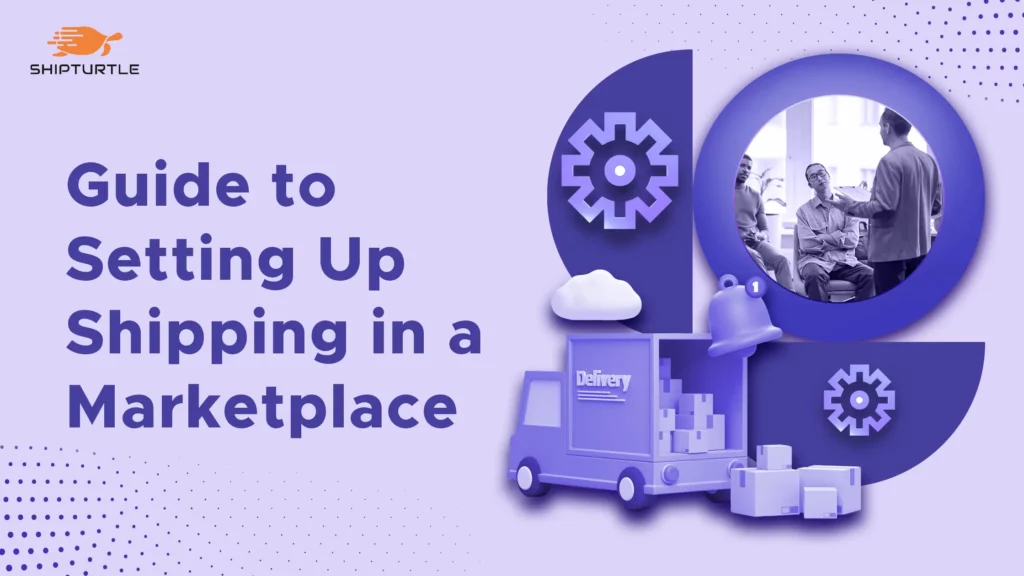Shopping used to include physically traveling from store to store and dripping with sweat. It’s now simply clicking on several products to obtain product details, characteristics, and even customer evaluations. You might even be looking at things from suppliers on the other side of the world while doing so.
While this may appear to the customer to be straightforward, it is not so for the person who operates and manages the multivendor marketplace. Here are the basic multivendor management essentials that a business owner should think about when setting up the store.
Multivendor Management’s Fundamentals
Management of Inventory:

Because we’re talking about a multi vendor’ system, adding inventory isn’t as simple as it may seem to be. Here you have two choices:
- To add items on your own
- To provide your vendors the ability to add their items
Marketplaces are most likely to use the second choice. This provides you with two advantages. Allowing your vendors to add their items allows you to save time and focus on more vital tasks as management. Furthermore, the vendor will have a greater understanding of his goods than you, resulting in higher-quality product descriptions and photographs. However, you must have a structure in place to ensure that quality is maintained. A quality assurance system is used by many marketplaces to approve or disapprove products before they go live. Choosing the correct e-commerce platform might assist in this situation.
Management of Orders:

When it comes to marketplaces that sell downloaded or digital items, things aren’t too hard. Customers can purchase things, pay for them, and have immediate access to them. When it comes to a marketplace that offers physical objects that must be physically delivered, things get a little more complicated. The issue is that the same buyer may have purchased many items from various sellers. You, on the other hand, will receive a single collective order and a single total payment. Maintaining our focus on order management, you must now ensure that all vendors deliver their goods on time. To effectively manage it, provide your vendors with a dashboard where they can monitor all of their pending orders. As a manager, you must be able to see any orders that have been received. There should also be a sorting system in place so that you can quickly discover which providers have yet to deliver their orders. You can send updates to customers via email notifications to keep them informed and avoid dissatisfaction.
Management of Shipments:

In all online stores, shipping things effectively is a crucial management factor. When it comes to marketplaces, however, it gets more difficult because you don’t have inventory and must ensure that your merchants ship their products as quickly as possible. One of the most frequent approaches to manage shipping in a marketplace is for the owner to authorize specific shipping methods that all vendors must use to send their goods. You can, for example, have all of your orders shipped at a fixed rate. This ensures that your company has a delivery policy and makes it easier to handle customer questions.
Management of Vendor Payment:

Paying vendors is one of the more difficult aspects of multivendor management. Your multi-vendor store uses a single shopping cart to charge the buyer a total amount, which is then placed into the store manager’s account. This is where things become difficult because it is now the store manager’s responsibility to pay out the money collected by the vendors. When it comes to processing vendor payments, it’s critical to make sure you pay your vendors on time.
Fees and Commissions for Vendors:

One of the most significant parts of multi-vendor management is charging vendor commissions.
On the surface, it appears simple: you charge vendors a commission for selling on your site – this is by far the most common way for store managers to make money from multi-vendor stores. However, things are not so simple. When it comes to commissions and fees, there are various factors to consider.
First, you must decide on a commission rate to charge your vendors. To do so, it’s a good idea to look at what other stores in the area are charging. You should also make sure that the commission price is high enough for you to generate a good profit, but not so expensive that merchants are discouraged from selling on your site.
Here are a few types of commission fees charged by multi-vendor stores:
Global commission: This is a commission rate that applies to all products, such as a 10% commission rate on all products. This commission model is used by marketplaces like Freelancer.com, which charges a flat cost of 10% on any services booked through their platform.
Category Commission: Big companies like Amazon use category commissions to charge various commissions depending on the product category.
Seller commission: This price model is especially popular because it allows sellers to get incentives. It enables the business to provide graduated commission rates based on the vendor’s loyalty and popularity.
Product Commission: In this arrangement, the store manager can opt to earn more money from a popular product by paying a greater commission.
Subscription fees: Alibaba.com is a fantastic example of a subscription-based marketplace. Most marketplaces offer multiple tiers of the profile, the most basic of which is free, to attract vendors first. Alibaba, for example, provides three membership levels: basic, silver, and gold.
After you’ve decided on a pricing strategy, the next step is to put it into action. That’s when you’ll need to pick the best eCommerce platform for you. With the correct multivendor plugin, you’ll be able to set up and apply several forms of commissions on your eCommerce site.
Brand Management:

It can be difficult to give your multivendor marketplaces a distinct identity. Because the store is made up of different sellers, you’ll need to bring them all under one brand.
Here are a few ideas for branding a multi-vendor marketplace:
- All marketing initiatives should be run under the marketplace’s unified brand. Individual vendors should be discouraged from running their marketing campaigns, as this might confuse customers and reduce customer loyalty.
- Customers should be contacted via email or social media, and the marketplace brand should be mentioned.
- The focus of your marketing content should be on products from a variety of vendors rather than a single seller.
- You should have the same return and refund policy throughout your store to give a simple and seamless consumer experience.
It may appear complicated at first, but once everything is in place and the wheels start to turn, things become fairly simple. Do you require assistance in establishing a multivendor marketplace? Shipturtle can assist you.





